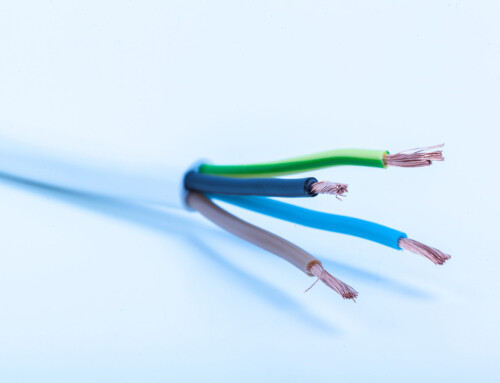Table of Contents
Installing an electrical transformer can be difficult, particularly if you are not familiar with electrical transformers or if it’s your first attempt at installing one. Electrical transformers have to be installed with the utmost care and precaution else they could lead to internal damage of your equipment.
It is important that you follow all the safety precautions and provide the required safety equipment to all of your construction workers which handle the transformer. Doing these two things will help you in installing both liquid-filled and dry-type transformers. But it is important that your transformers should be installed according to ANSI/IEEE– and NEMA-approved regulations.
9 factors to consider when setting up and connecting a transformer on your premises
-
Location
You need to think of electrical safety when choosing the site of the installation; you should have the land and soil evaluated beforehand. There should be no exposure to risk or threats to your equipment and personnel. Likewise, the structural analysis of the load needs to be analyzed for the integrity of the structural design. In the case of seismic prone areas, special provisions need to be taken to prevent any collapse during any seismic movement.
-
Ventilation
Ventilation needs to be made a top priority with dry-type electrical transformers. They should be located in a place that has enough space to allow the heat to dissipate quickly as well as constant access to clean dry air in the form of proper ventilation.
-
Grounding
Make sure that your transformer is properly grounded to remove any static charges that have gathered in it. It is also important that you protect and safeguard your electric transformer, should the windings accidentally come in contact with the core.
-
Wiring
Make sure that all your ground wires are covered with wood molding or plastic at a point 8 feet above the base of the pole. Moreso, correctly installed guy wires can help improve electrical safety as well as protecting the pole line from any further damage from the strain of line conductors, pole-mounted equipment and bad weather conditions.
-
Mounting
You can mount multiple transformers onto a single pole as long as the weight is evenly distributed and the total weight is within the safety limits of the pole. Sub-100 kVA single-phase transformers are mounted above the secondary mains. For transformers larger than 100kVA, a platform is recommended.
-
Humidity
In case of rain or humidity, many precautions need to be taken, particularly in the case of liquid-filled transformers. Dry air needs to be continuously pumped into the gas space for about 20-30 minutes prior to service personnel entering the tank.
-
Fluid Check
If the insulating liquids need to be drawn down, you need to make sure that all the equipment like containers, hoses and pumps used are clean and dry. If the equipment has been used for any other liquid before, clean all the contaminated items prior to use. Make sure that you have cleaned and dry storage containers at the ready for storing the liquid as well as filtering the liquid prior to filling up the tank again.
-
Pressure Maintenance
Maintaining a positive pressure at all times is very important, even at low temperatures. In order to allow this, sufficient gas pressure needs to be maintained. The pressure-vacuum gauge will show pressure variations with ambient temperature, which needs to be recorded on a regular basis.
-
Final Testing
Once the transformer has been set up, a final inspection has to be made prior to the unit becoming energized. Follow electrical safety protocol and alert all personnel about the lethal voltages which are present within the transformer enclosure and connection points. It needs to be made sure that the electrical connections have been properly carried out and that there is a correct low and high voltage ratio between the windings. Make sure to examine the fans, motors, thermal relays and other auxiliary devices. Also, all the windings must be checked for continuity.
If you want to avoid any downtime and hire professionals that will do a proper job then feel free to contact our professionals at D&F Liquidators!






